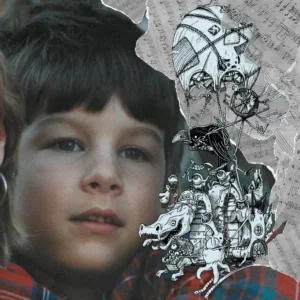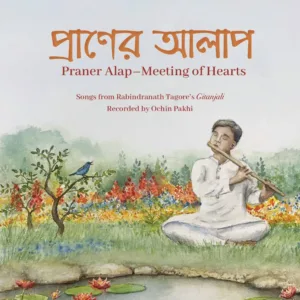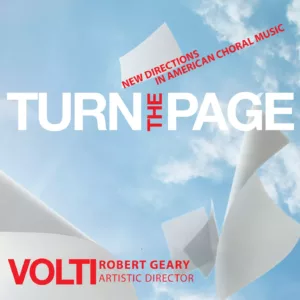Glance at the cover and you’ll see a flaring spiral galaxy sizzling through the tranquil of deep space. But wait till you hear the rhythmic sparkles and intense orchestra colors on this fireball of a CD! Composer Ann Millikan creates shimmering textures that leap and bend in a dynamic balance of blazing heat with well-crafted cool. If the title of this orchestral album refers to nocturnal music, it’s one turbulent night.
As a former jazz pianist turned classical composer, Millikan unites these two worlds in the title cut, Ballad Nocturne, featuring renowned Italian pianist Emanuele Arciuli: a marriage of jazz ballad and classical nocturne. One hears shades of Chopin and Debussy as well as Miles’ Kind of Blue. Arciuli plays with precision and fluidity as the music shifts from fleeting jazz lines to rolling arpeggios and minimalist gestures. Never heavy-handed or sentimental, Millikan’s orchestration gives the piano just enough support and counterpoint to convey the richness of her ideas. At one point in the work, we could easily imagine ourselves in a canoe looking up at the night sky as moonlight plays on the water. Sparkling clustered string harmonics and bowed crotales hover over a lonely left-hand melody in the piano’s bass like twinkling stars. Weaving and mutating, constantly shifting and changing, Ballad Nocturne grows from a nucleus into profoundly expressive and intimate music. Writer/Producer Martin Perlich’s word for it? “Ravishing.”
With the strength and purpose of an opera, Trilhas de Sombra is a spirited three-movement work taking you on Kira’s Journey into another world. Based on a story by the composer, Trilhas de Sombra (“Shadow Trails” in Portuguese) centers around its middle movement, Snow World. A dazzling panoply of layered clusters and extended instrument techniques, it swirls and rumbles like an icy sphere inhaling and exhaling snow flurries. The third movement, Battling Oligarn Batrone, rains molten thunder and the Bulgarian National Radio Symphony Orchestra (under its conductor Grigor Palikarov) can really let rip. Fiery waves of color streak about the orchestra like stellar light, reaching a terrifying climax. The slow tiered ending with a gorgeous flute solo is unforgettable.
Powerful and fierce, Landing Inside the Inside of an Animal never backs down. The lush textures are reminiscent of Snow World but far more restless and volatile. A swirling storm dissipates into dark and turbulent layers where rapid bassoon and bass clarinet lines thrash in and out. A plaintive piccolo solo ascends from the darkness, igniting a festive orchestral display that erupts into a final joyous celebration.
Saint Paul-based composer ANN MILLIKAN writes concert music for orchestra, chamber ensembles, choir, and interdisciplinary projects involving theatre and dance. Her music is “characterized by high energy and a quirky inventiveness that defies easy categorization…Her scoring is clean and transparent and her felicities of orchestration are among the most attractive elements in her work.” (Stephen Eddins). Millikan’s debut album, “The Music of Ann Millikan featuring the California EAR Unit” is also available on the Innova label.
One Sheet
Artist
Composer
Release Date
February 23, 2010
Catalog Number
#713








